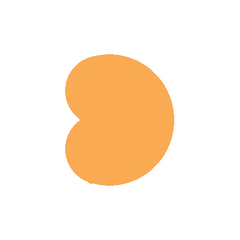Green direct mail in USA
A study among 1000 Americans shows that consumers greatly overestimate the environmental impact of direct mail. DMNews and Pitney Bowes found that respondents ranked the delivery of 10-11 pieces of transactional mail per year as the third most polluting activity (in terms of carbon dioxide emission). Only driving a car 1000 miles a month and the electricity usage for a top-freezer was more polluting.
Whereas in reality advertising mail accounts for 2% of all municipal waste, respondents vastly overestimated this: 48% thought that half of the municipal was advertising mail.
There is obviously a lot of work to do to change this perception. When no action taken the perception of the medium might be in jeopardy.
Consumers seem to be unaware of the sustainability programs of organisations as Forest Stewardship Council (FSC) that promotes sustainable forest management. Over 60% of respondents said they would think more highly of the industry if it planted trees to offset paper production. Such a green label would even make unsolicited mail more positive.



















